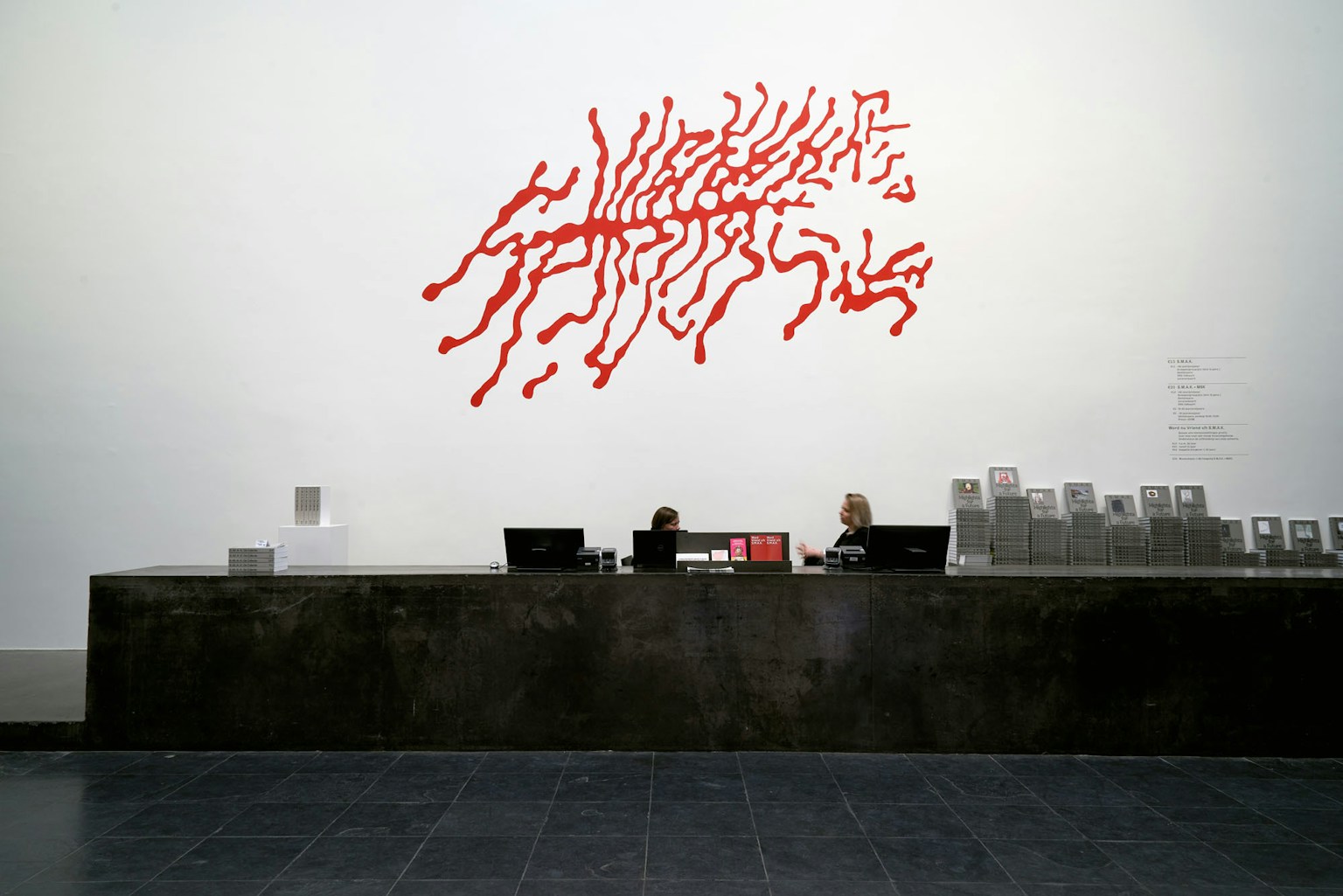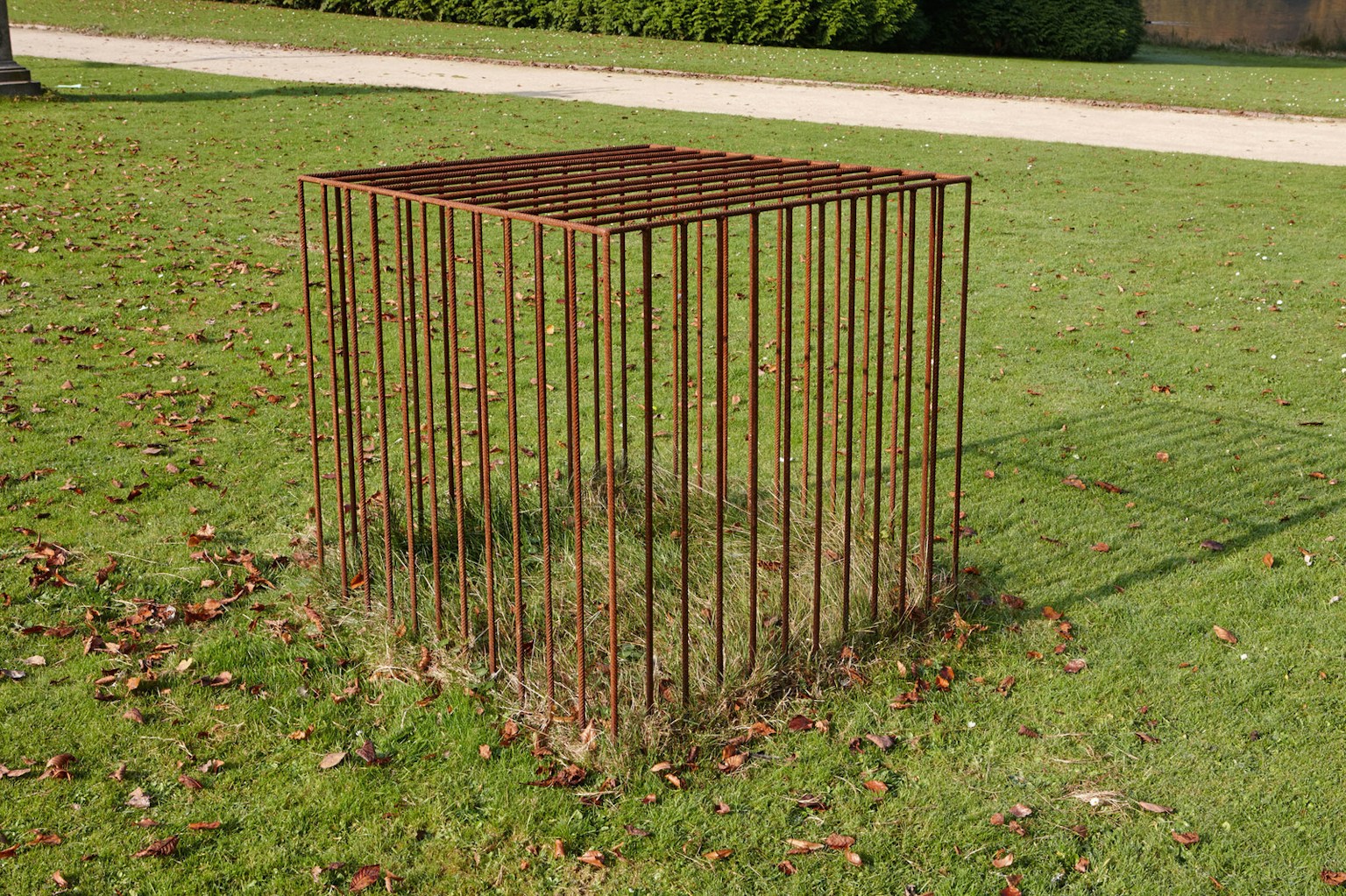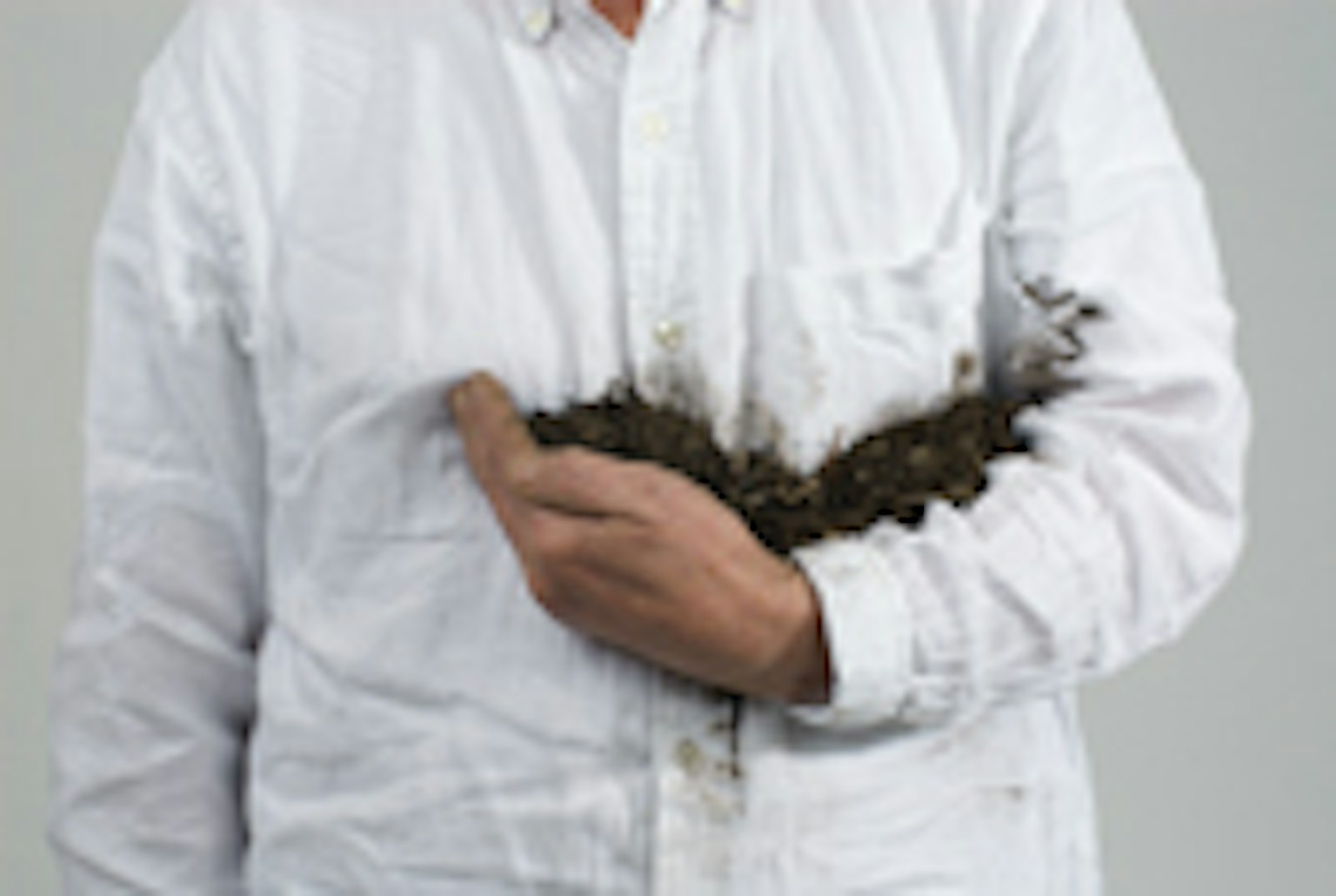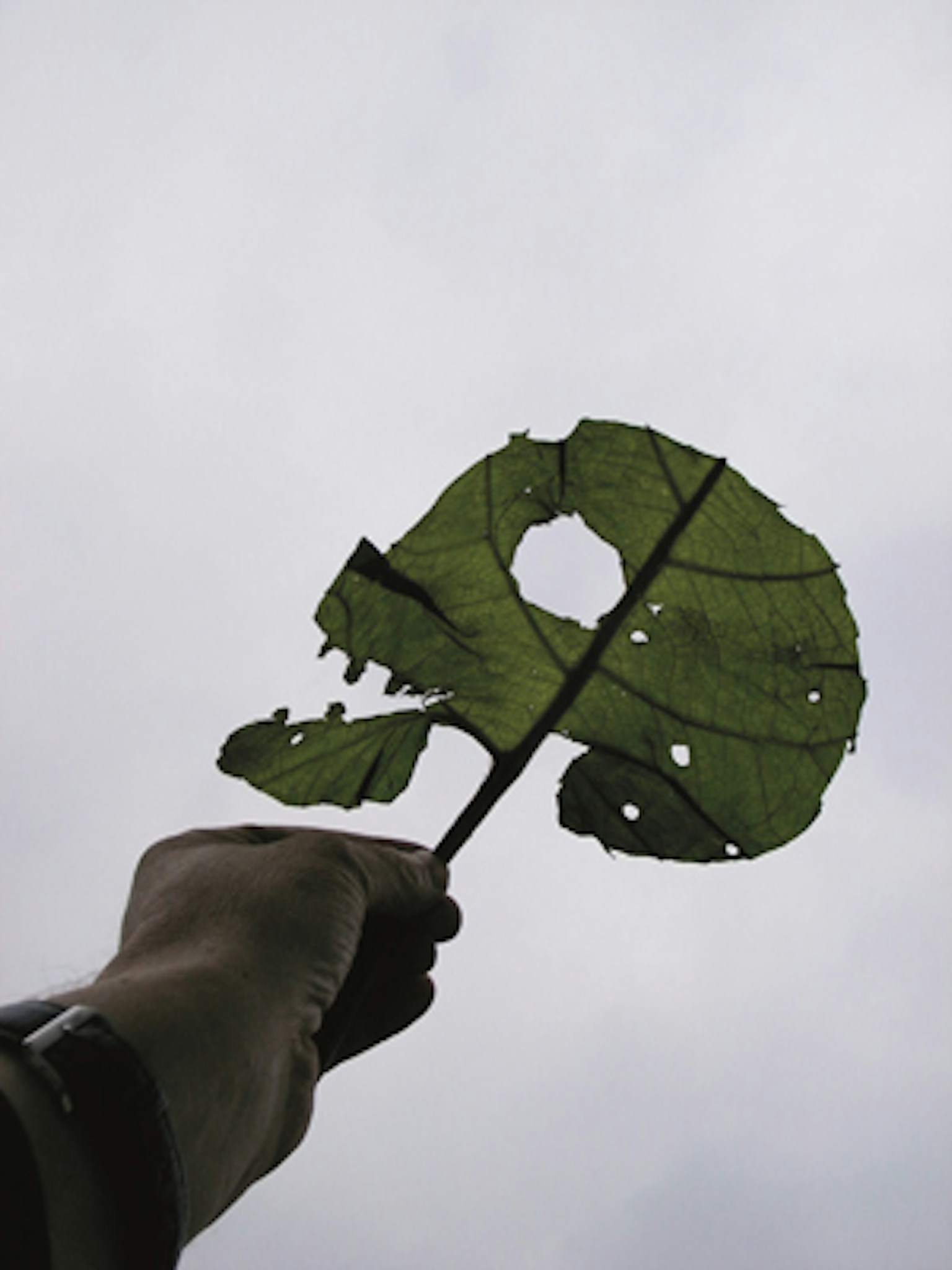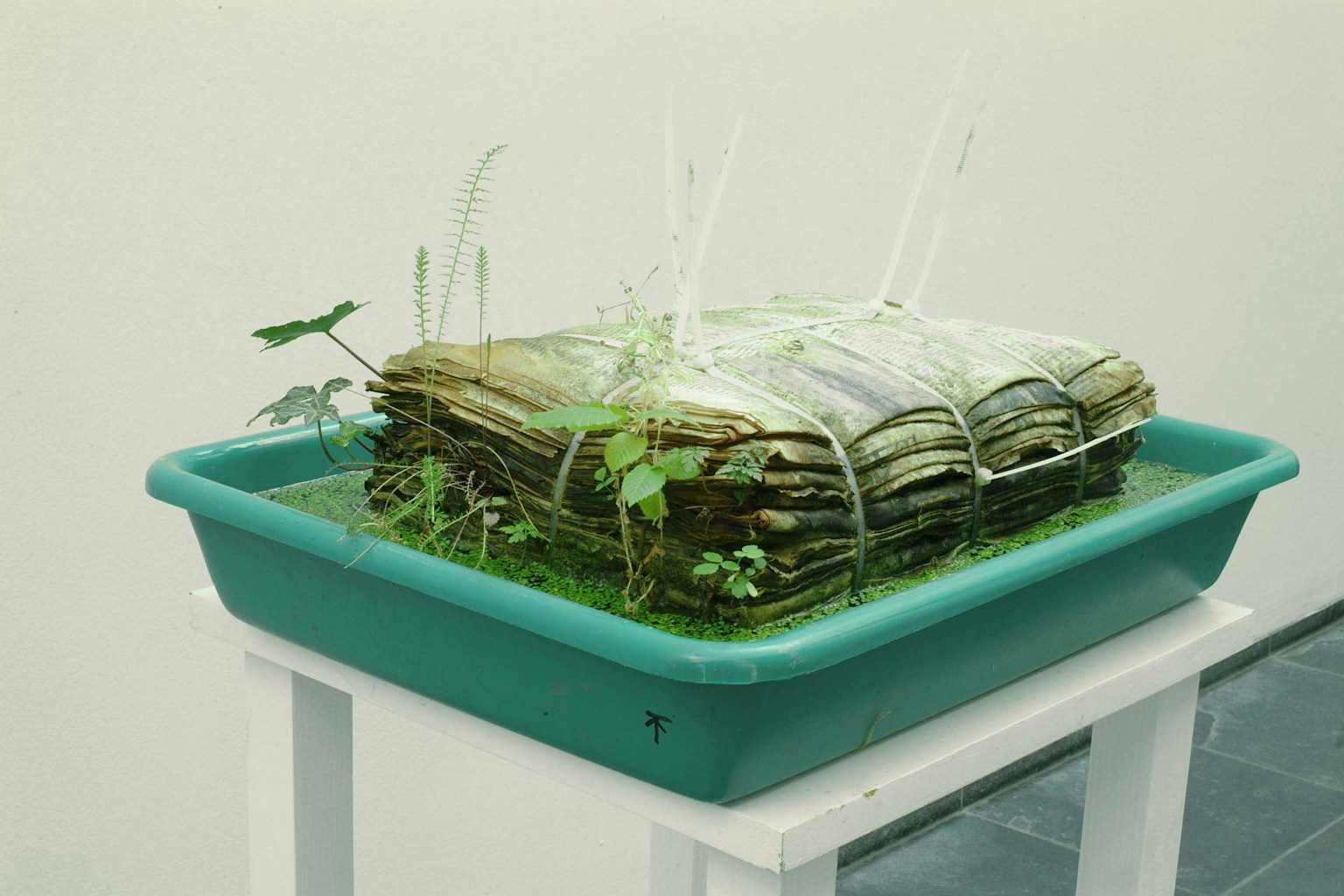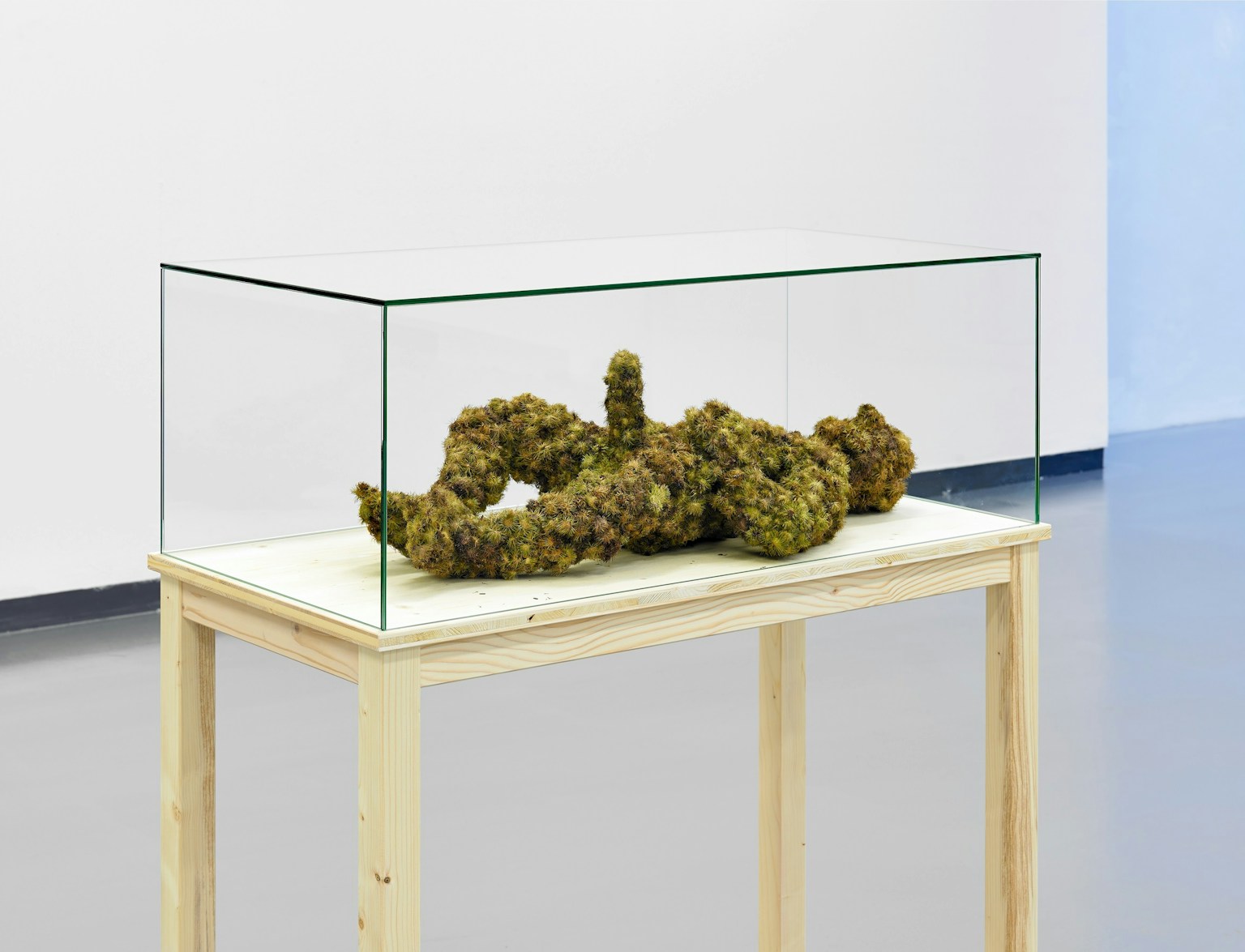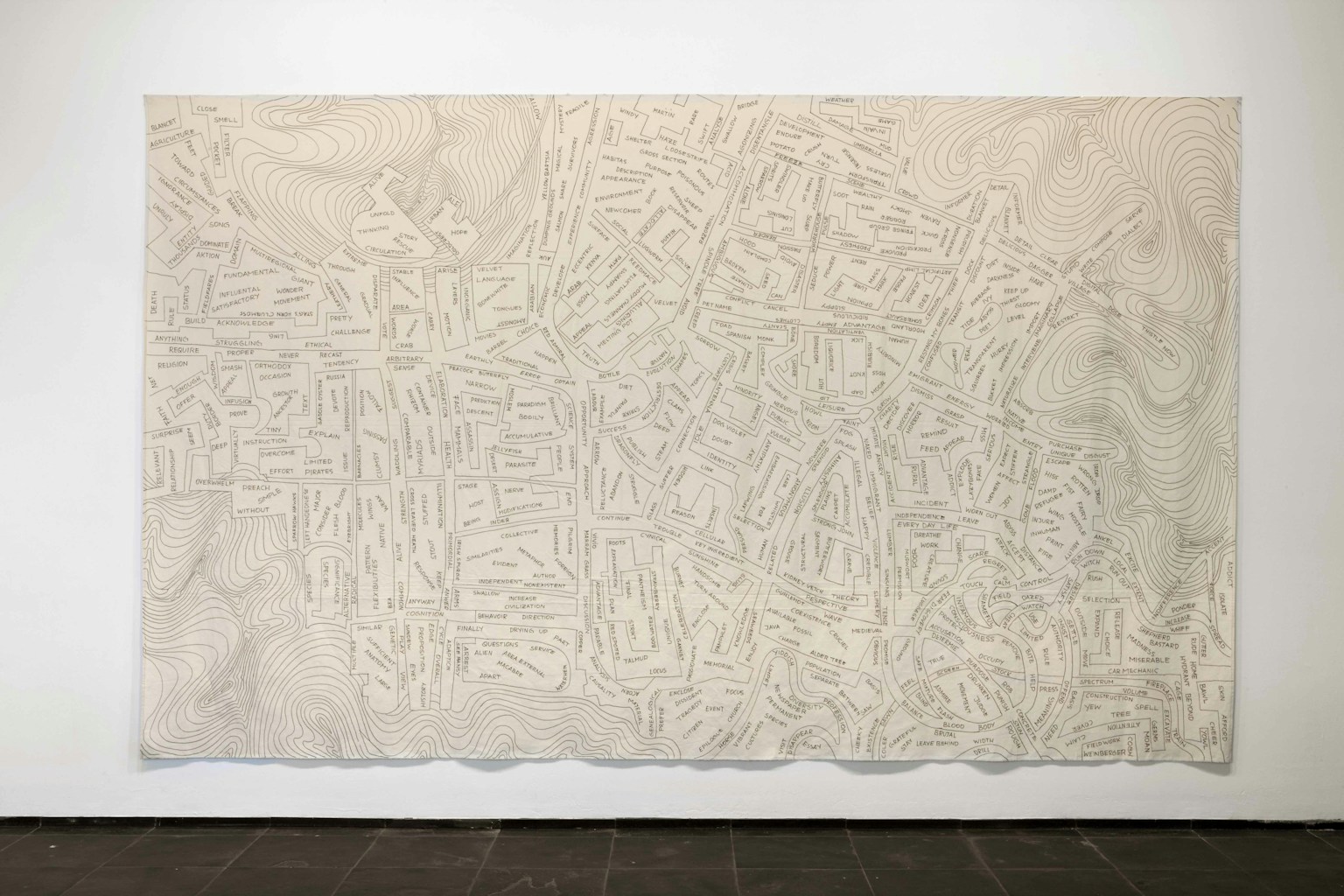Lois Weinberger was born in Stams, Tirol in 1947. He grew up in the countryside and made his debut during the 1970s. The basis of his oeuvre lies in a political and a poetic view of the concept of 'nature'. In contrast to the rather romantic representation of nature as a primitive counterpart to culture, the artist stated that 'the natural' and 'the artificial' are inextricably linked.
Weinberger called himself an ‘agricultural worker’. Plants growing on vacant lots formed the starting point for his oeuvre. The artist consciously chose to work with what he himself called ‘second-class nature’ and gave a central role to wild plants. Weeds symbolize the endangered free spirit and the individual who cherishes his individuality and imagination, contrary to the norm.
In 2005, S.M.A.K. organised the artist's first substantiated solo exhibition in Belgium. Within this context, the museum purchased 19 works by Weinberger. In 2015, the artist gifted 16 works, which were added to the museum collection. His work was strongly represented at ‘We Humans are Free’, an exhibition of pieces from the S.M.A.K. collection that took place at the 21st Century Museum of Contemporary Art in Kanazawa, Japan in 2006. In 2017, Weinberger also participated in the first Kathmandu Triennial, curated by Philippe Van Cauteren, artistic director of S.M.A.K. In 2019, during ‘Highlights for a Future | The Collection (1)’, the presentation of the museum's collection on the occasion of the 20th anniversary of S.M.A.K., Weinberger's work 'Wege' received an iconic spot at the museum desk.
- Philippe Van Cauteren wrote two letters to Lois Weinberger published in the book ‘Letters to Artists’. Read the letters here. You can buy the book via leen@smak.be.
More information on our collection page, click here.
(Read more below the video in Dutch)
Lois Weinberger (uit: 20 jaar S.M.A.K.) from De Canvasconnectie on Vimeo.
Two works in the spotlight
With minimal interventions, Lois Weinberger created temporary places where he left room for ‘non-intervention’ by nature. His works took the form of outdoor guerrilla gardens or modular indoor gardens, but also of drawings, sculptures, photographs, texts, slides, video installations and site-specific projects. Weinberger usually limited himself to minimal, artificial interventions that brought opposites such as the nomadic and the urban, the orderly and the chaotic into harmony with each other within his poetic, visual universe
Wild Cube (1991) is a steel construction that the artist had been installing in various areas in and near cities since 1991. Any plant whose seeds blow in can sprout and grow spontaneously and untamed within this construction, often in contrast to the well-maintained, cultivated nature outside. As contradictory as it sounds, Weinberger ‘liberated’ pieces of nature by placing a fence around them. Inside, weeds and wild plants do not take demarcations into account; they grow freely. The proliferation in Weinberger's 'Wild Cube' stands in stark contrast to the concept of gardening, where the managing and controlling of nature are central, as well as to our firmly regulated society. The work is a hymn of praise to the untamed character of weeds, to the everyday, to the strange, to freedom and to pure nature.
Wege (2005) - (roads) is somewhere between a road map and an organic motif. Weinberger used traces found in nature as patterns. They became motifs in his drawings, sculptures and architectural concepts. The natural forms represent continuous growth. Plants symbolize dynamics and change. They do not allow themselves to be restricted by boundaries but go their own way. Their organic growth stands for Weinberger's resistance to a strict, rational interpretation of our environment and society.


